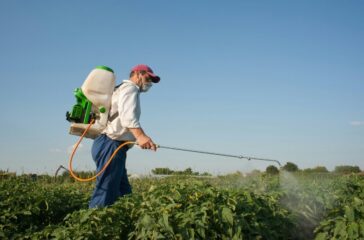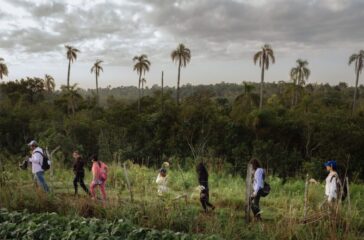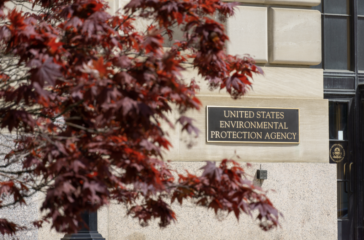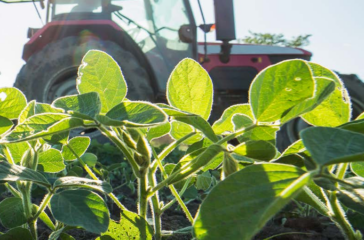Postcard from California: State sues ExxonMobil for plastics recycling fraud
By Bill Walker
Last year, California Attorney General Rob Bonta filed a monumental lawsuit against five of the world’s largest petrochemical companies for an alleged “decades-long campaign of deception” about fossil fuels’ harm to the climate and the climate crisis’ devastating impacts on the state.
 EWG
EWG








